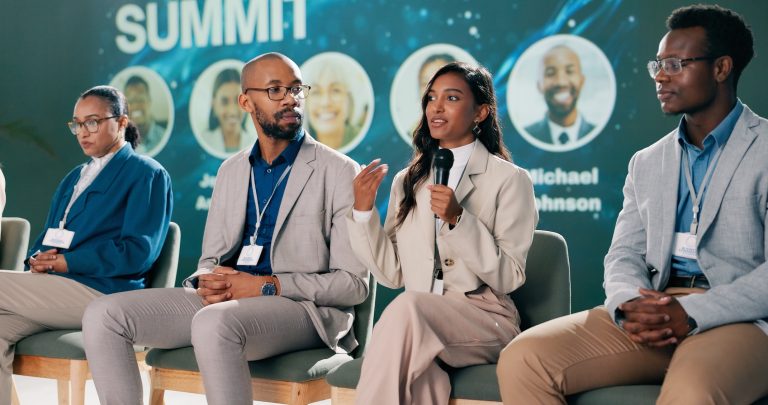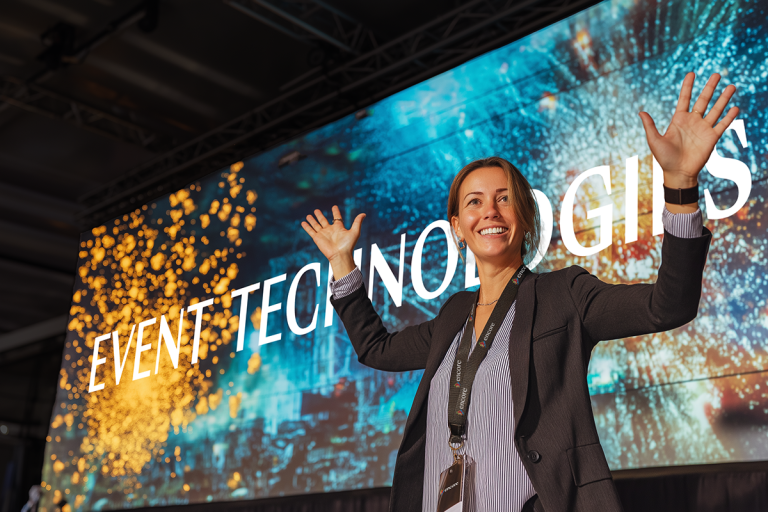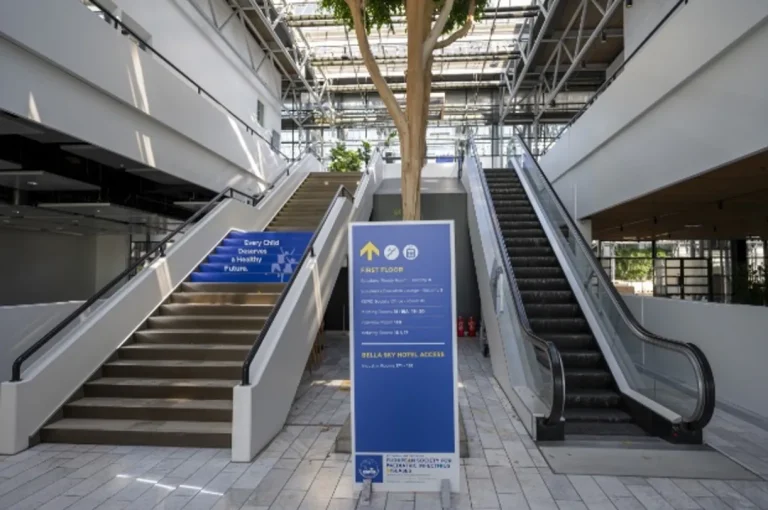
As part of our Futures Landscape Series focus on Accessibility and Inclusion, Beth Surmont, CMP Fellow sat down with Samantha “Sam” Evans, ICE-CCP, CAE, MBA, Certification Director at IAAP (International Association of Accessibility Professionals).
“Shift to the left,” said Sam Evans. “When planning for the needs of our audiences it’s a design choice made at the very beginning, when you’re shaping budgets, writing RFPs, and choosing venues. It is part of a people-first approach, and it is a knowledge set that even experienced planners lack.”

Accessibility is a topic of ever-increasing importance, yet it is still something that even senior planners are afraid to discuss. “Everyone will age into a disability,” Evans shared. Now that we have four generations coming to our events, planning for appropriate support should be top of-mind. And it starts with the budget. “You should have a line item for meeting accessibility needs and for established vendor/service partners. If you are planning for it, then it isn’t an unexpected expense when a request pops up.”
Evans reminded me of our duty of care as planners. That means accessibility is our responsibility—not the venue’s, not the AV company’s, and not the caterer’s.
“Vendors can help,” Evans said, “but we shouldn’t expect those without specialised knowledge to know all of the details.” Planners should know what questions to ask their vendors or service providers and the best practices for accommodation.
That starts with education. EIC and others have provided information on accessibility in event design, but as planners we should be seeking out and sharing ideas. For example, Evans shared that many planners are unaware that AV companies can provide assistive listening systems that connect directly to hearing aids and cochlear implants. This is a simple add-on that can make a huge difference for attendees.

Evans cautioned that it is important to be people-first. Relying too much on technology to solve problems without an understanding of the needs can unintentionally degrade the experience. Using a phone app for live captioning and transcription provides a minimal measure of support. “If I’m paying to go to an event and I have to spend the event staring at my phone to read the presentations, then it makes more sense for me to stay home and read the transcript,” Evans said. Good design means finding solutions that are natural and inclusive, not just functional.
And yes, accessibility can be sponsored, Evans shared. A company might underwrite captioning, a sensory-friendly room, or an accessible transportation option. It is a great option for sponsors who want to highlight values-aligned contributions and show up differently.
The hardest part is getting started. Many planners feel unsure about what’s “right,” or worry about getting it wrong. But Evans reminded me that accessibility is like any other skill we’ve learned. “You don’t need to be a chef to know what items to serve that meet dietary needs,” she pointed out. Ask questions, gather information, and work with experts. Accessibility is the same.
Most of all, don’t be afraid of it. Accessibility isn’t about perfection, it’s about intention. When we design with people first, we create experiences where everyone feels welcome, valued, and able to fully participate.

Beth Surmont is an event strategist who works with associations to reimagine their events. With experience in both corporate and non-profit events, and as the Head of Strategy & Design for 360 Live Media, Beth is a leading designer of the next era of events.






